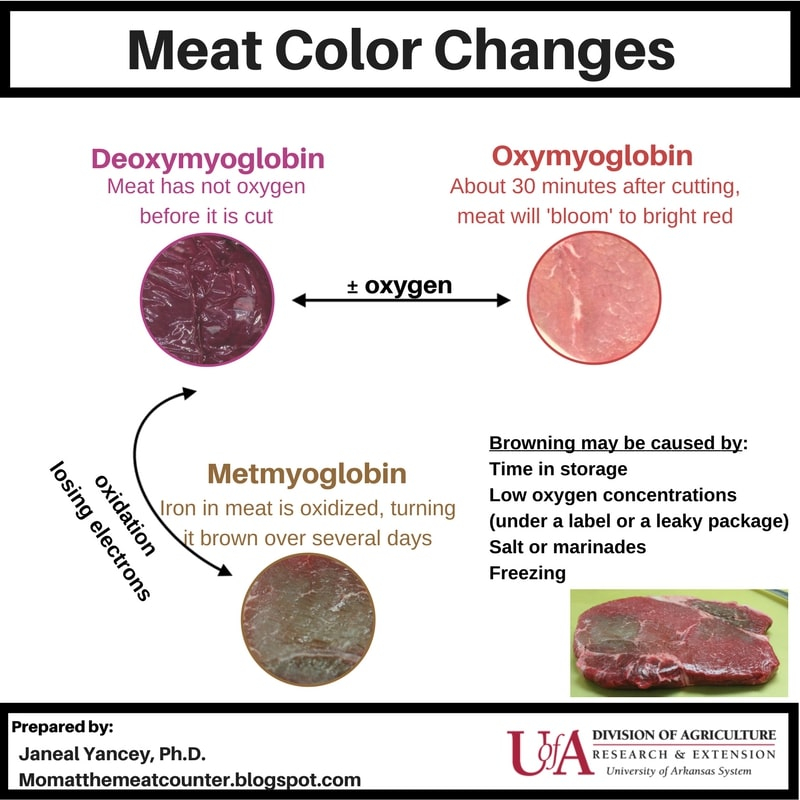Raw ground beef can come in various shades of color, ranging from bright red to a darker maroon hue. The color of raw ground beef is primarily influenced by the amount of oxygen present in the meat. When meat is exposed to oxygen, it reacts with the myoglobin protein, giving it a bright red color. As the meat is exposed to more oxygen, the myoglobin protein undergoes further changes, resulting in a darker color.
It’s important to note that the color of raw ground beef does not necessarily indicate its freshness or quality. Instead, it is a result of the natural processes that occur in the meat. However, if the meat has a grayish or brown color, it may indicate that the meat has started to spoil and should be discarded.
Raw Ground Beef Color Chart
Interpreting the Raw Ground Beef Color Chart
Raw ground beef color charts are used by meat processors and retailers to standardize the color of ground beef products. These charts categorize the color of raw ground beef into different shades, such as cherry red, dark red, and brown. By referring to a color chart, consumers can easily identify the freshness of the ground beef they are purchasing.
When selecting raw ground beef at the grocery store, it is recommended to choose meat that is a bright cherry red color, as this indicates that the meat is fresh and has been properly handled. If the meat appears to be a darker red or brown color, it may indicate that the meat is older or has been exposed to excessive oxygen, affecting its quality.
Tips for Buying and Storing Raw Ground Beef
When buying raw ground beef, it is best to choose meat that is cold to the touch and free of any off-putting odors. It is also important to store raw ground beef in the refrigerator or freezer to prevent bacterial growth and spoilage. Ground beef should be consumed within a few days of purchase or frozen for longer storage.
By understanding the raw ground beef color chart and following proper handling and storage guidelines, consumers can ensure that they are purchasing fresh and safe meat products for their meals.
